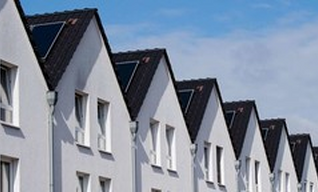
Stephan Kaufmann
Berlin
-
Noch keine BeiträgeHier wird noch geschrieben ... bitte schaue bald nochmal vorbei

Stephan Kaufmann
-
börse
-
krise
-
wirtschaft
-
wirtschaftspolitik
-
klimawandel
-
ökonomie
-
kapitalismus
-
kapital
-
finanzmärkte
-
finanzmarkt
-
analysten
Zur Person
Stephan Kaufmann (58) arbeitet als Wirtschaftsjournalist, unter anderem für die Frankfurter Rundschau, den Freitag, den Deutschlandfunk und die Wochenendausgabe des "nd". Er studierte Betriebs- und Volkswirtschaftslehre in Berlin und Paris. Seit 30 Jahren schreibt er für Zeitungen, seit 25 Jahren arbeitet er als Wirtschaftsredakteur. Seine Themenschwerpunkte liegen bei der „großen Wirtschaft“: Konjunktur und Krise, Finanzmärkte und Währungen, Handel und Verteilung. Kaufmann hat einige Bücher und zahlreiche Bildungsmaterialien verfasst, unter anderem zur Euro-Krise, zur Funktion der Finanzmärkte und zur Ungleichheit in Deutschland.
Auftraggeber
berliner-zeitung.de , fr.de , gegenblende.dgb.de , neues-deutschland.de , oxiblog.de
Fehler!
Leider konnte der Artikel nicht gefunden werden.
We can't find the internet
Attempting to reconnect
Something went wrong!
Hang in there while we get back on track








